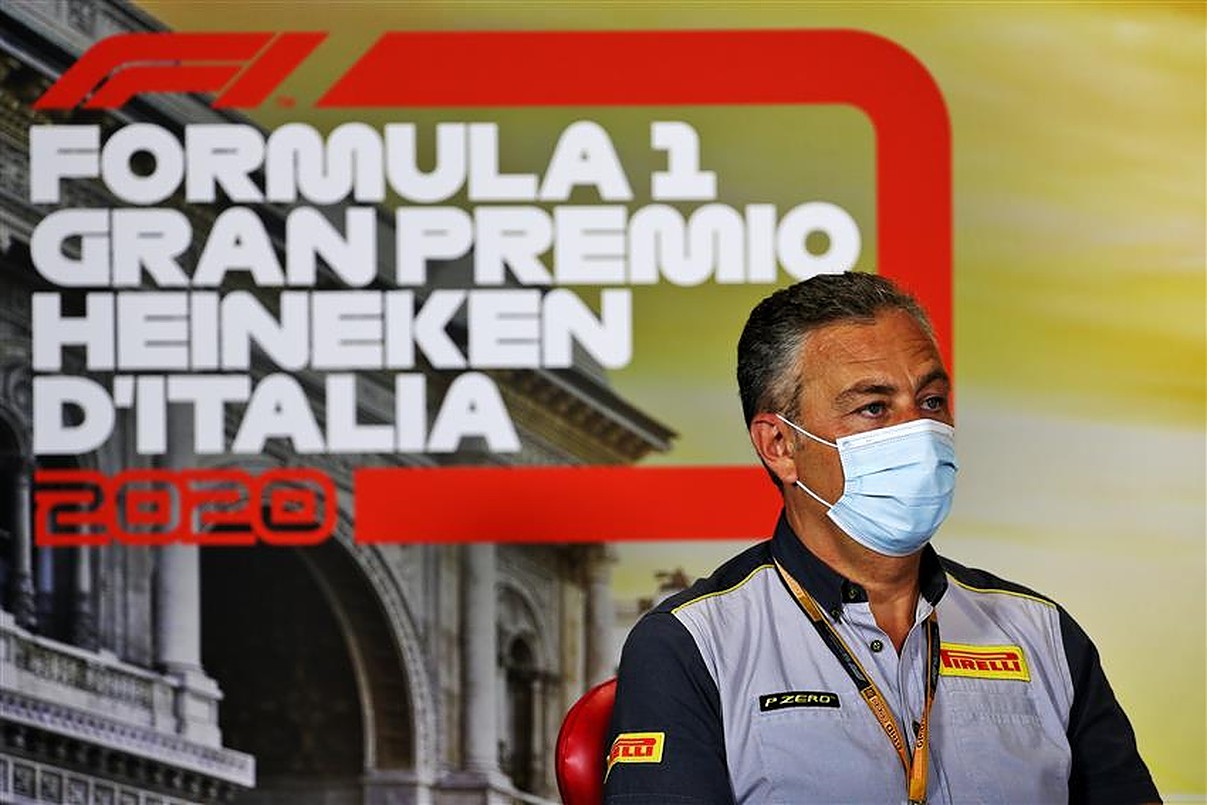Pirelli’s head of F1 and car racing, Mario Isola, believes that the new tyres have done their job in creating a more exciting show in 2022.
The new 18-inch tyres were a big part of the new technical regulations being introduced ahead of this season, and they are designed to give increased longevity.
This, coupled with the returning ground effect aerodynamics, is aimed at helping the cars follow closely for long periods of time, which was the issue previously.
While there was some exciting battling in 2021, the cars still had a tendency to drop away due to the effects of dirty air caused by the old chassis designs.

READ: Ferrari complete tyre test after wave of reliability issues
The subsequent understeer caused harsher degradation on the tyres, and it became difficult to follow.
There were one or two concerns that strategic battles would no longer be as prominent due to the length of the tyres’ life, but the enticing races in Monaco, Austria and Hungary proved otherwise.
The only real criticism from the drivers has been that of the full Wets, which they are struggling to find any purchase on but, apart from that, Isola is satisfied that the new tyres have done the trick.
“The new 18-inch tyres met all of our goals,” he told Auto Motor und Sport.
“If you consider that this is the first year with a completely new product, I’m more than satisfied with how good the show is, there’s a lot more action now.”
Because of the freshness of the regulations, the cars are set to evolve even quicker heading into next season, to the point that Ferrari sporting director Laurent Mekies expects the cars to be as fast as they were in 2021.
READ: Pirelli boss fires back at Vettel
This is why Pirelli need to keep working hard to make sure that the tyres can keep up with that rate of development.
“We know that cars will be significantly faster again next year, that’s why we’re developing a more robust construction,” explained Isola.
The calendar will be a bit more full next season, which naturally means there will be less time for teams to stay behind after races and test out the tyres.
As a result, Isola would like to be able to run tests during race weekends in order to mitigate the lost data gathering time.
“If the calendar really is 24 races, there are hardly any gaps left for testing with individual teams in between, there should also be more overseas races,” he added.
“In all the stress of travel there is no opportunity for us to try out new prototypes, so we hope that the FIA will allow us to do more so-called in-event tests, where the teams have to collect data for us in free practice.”
Max Verstappen currently leads the Drivers’ Championship after 13 rounds of the season, 80 points clear of Charles Leclerc.

